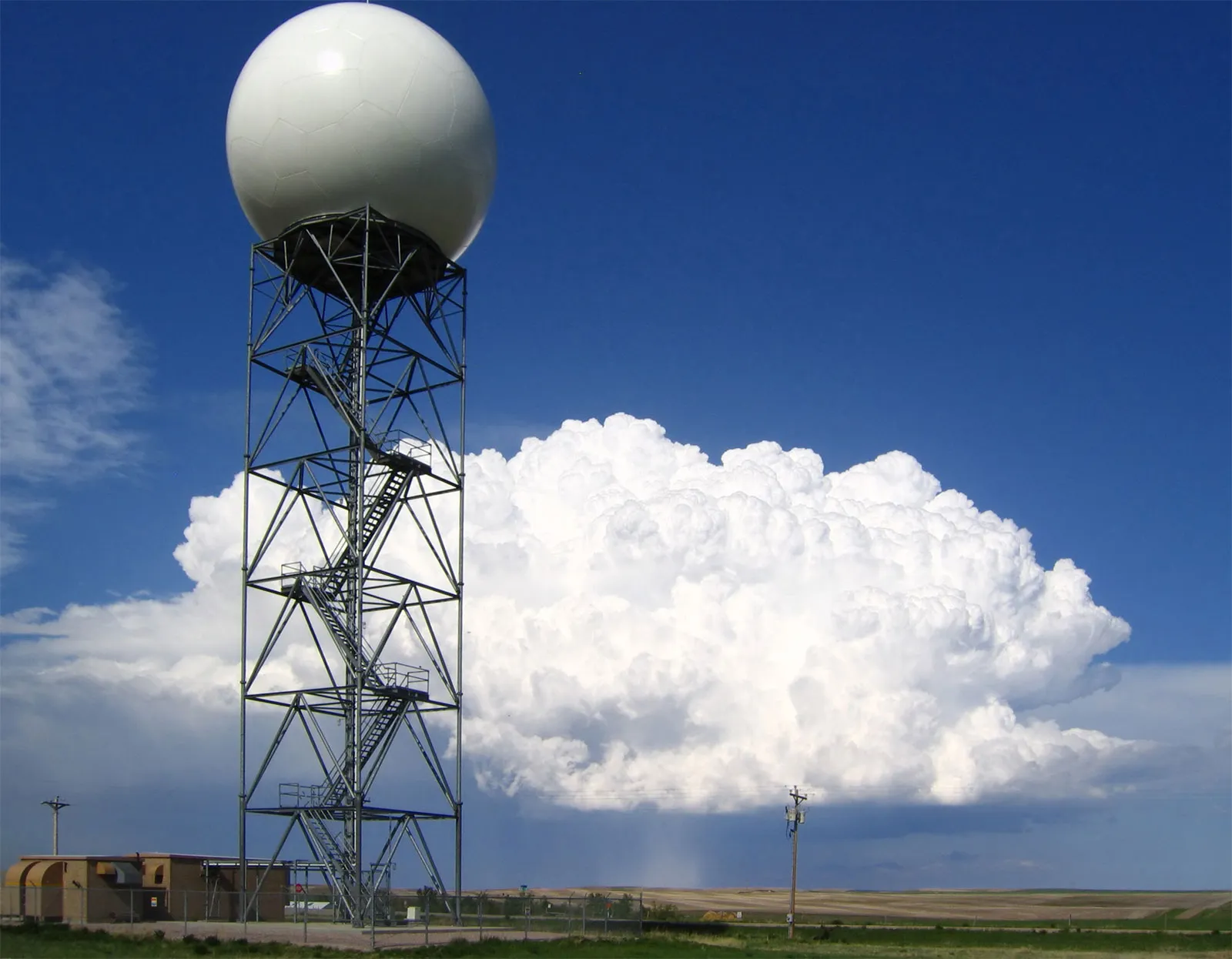The Science of Weather Patterns
The Science of Weather Patterns

1. Introduction to Weather Patterns
Introduce the concept of weather patterns, explaining their importance in understanding daily weather and long-term climate trends.
2. The Atmosphere and Its Layers
Discuss the structure of the atmosphere, including the troposphere, stratosphere, and other layers, and how they influence weather phenomena.
3. High and Low-Pressure Systems
Explain the difference between high and low-pressure systems, how they form, and their impact on weather conditions such as clear skies or storms.
4. The Role of Fronts
Explore the different types of weather fronts—cold fronts, warm fronts, stationary fronts, and occluded fronts—and their effects on temperature and precipitation.
5. The Water Cycle and Weather Formation
Discuss the water cycle's role in weather, including evaporation, condensation, precipitation, and how it affects humidity and cloud formation.
6. Ocean Currents and Climate
Analyze how ocean currents influence weather patterns, including the Gulf Stream’s effect on North Atlantic climates and phenomena like El Niño and La Niña.
7. The Coriolis Effect
Explain the Coriolis effect and how it influences wind patterns, storm systems, and ocean currents across the globe.
8. Weather Mapping and Forecasting
Discuss the tools and techniques used in meteorology for weather mapping and forecasting, including satellite imagery and radar technology.
9. Extreme Weather Events
Examine the science behind extreme weather events such as hurricanes, tornadoes, and blizzards, and the conditions that lead to their formation.
10. The Impact of Climate Change on Weather Patterns
Conclude with insights into how climate change is altering traditional weather patterns, leading to increased variability and frequency of extreme weather events.

